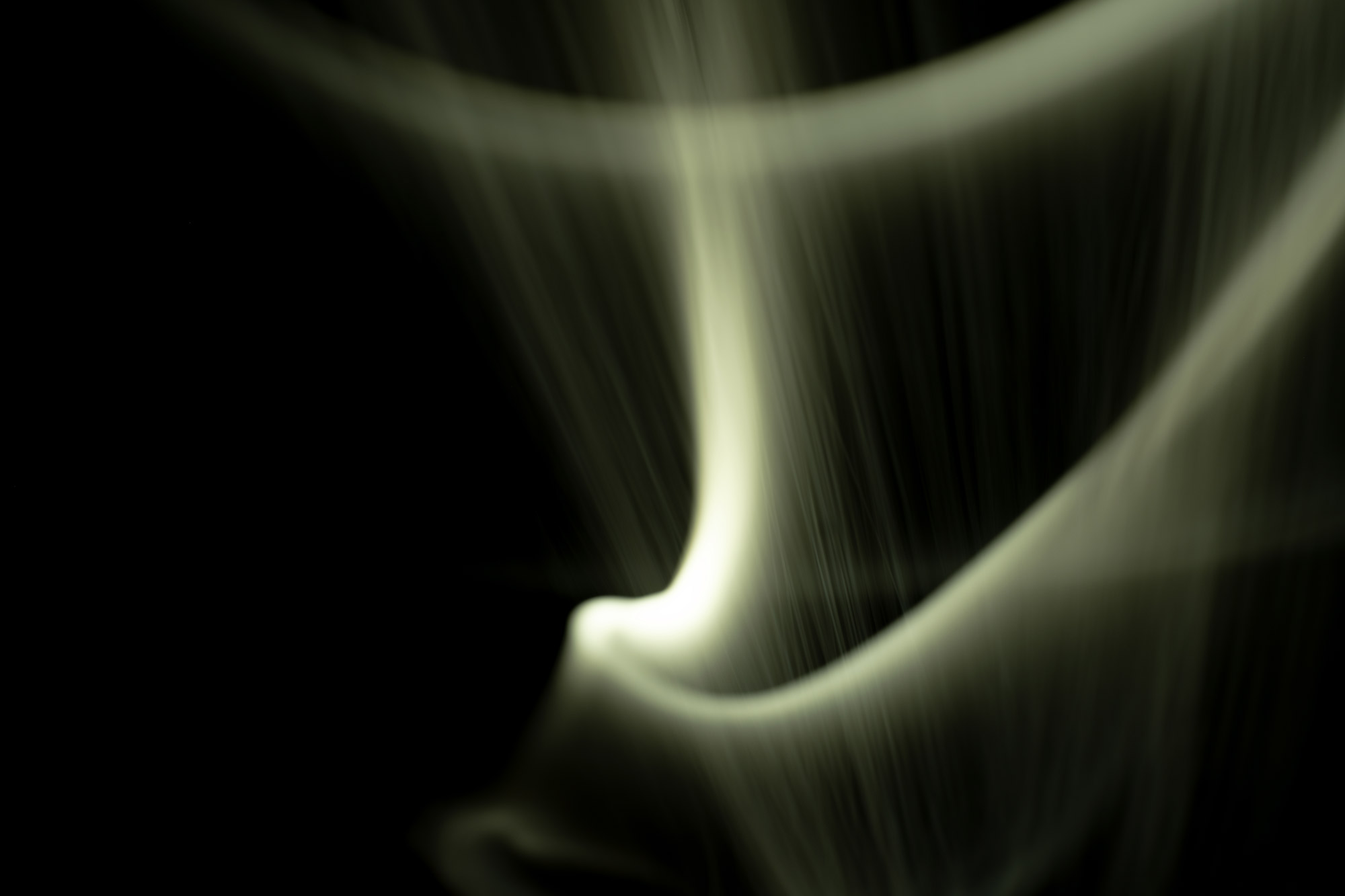1th Commandment
Title: “I. Thou shalt have no other gods before me”
Type of work: Conscious Abstraction
Project: “Covenant”
Technique of Realization – Light Painting
Year: 2024
“This is the first work created in the language of Conscious Abstraction, and therefore its edition exists only in a single copy + 1 AP (an exhibition copy used for competitions and shows, which cannot be sold).”
At this stage of my career, I don’t want to sell this painting.
Limited Collector’s Photography, archival pigment print on photographic paper of the highest quality, meeting museum longevity standards.
Hand-applied numbering and author’s signature. A dedicated Certificate of Authenticity is attached to the work. It is available in a pool of up to a single copy of 1200 x 800mm and has the status of a work of art.
This work, part of the series Decalogue – Conscious Abstraction, undertakes a critical examination of the notion of spiritual loyalty, alienation, and ethical choice within the existential condition of the modern subject, who negotiates between inner authenticity and the multiplicity of external influences. Employing the methodology of Conscious Abstraction, the piece does not aim to illustrate religious doctrine, but rather to generate a dynamic spiritual tension—an ontological interplay between the unity of self and the fragmentation implied by competing values and authorities.
Central to the work is an exploration of perceptual thresholds: how the viewer locates or loses the “center” within the visual field. The dialectic between concentrated and diffused light functions as a metaphorical inquiry into contemporary spiritual orientation—inviting reflection on the locus of our “God,” or ultimate referent, in a pluralistic cultural landscape.
Formally realized through light painting, the artwork employs light as an intentional agent of meaning-making. Each gesture and flash is calibrated to embody a particular state of consciousness, making the act of creation a performative negotiation of presence and absence. By eschewing explicit religious iconography, the abstraction transcends doctrinal specificity, reframing the commandment as a universal ethical meditation on the human condition: the ongoing choice between enduring truth and illusory multiplicity.

